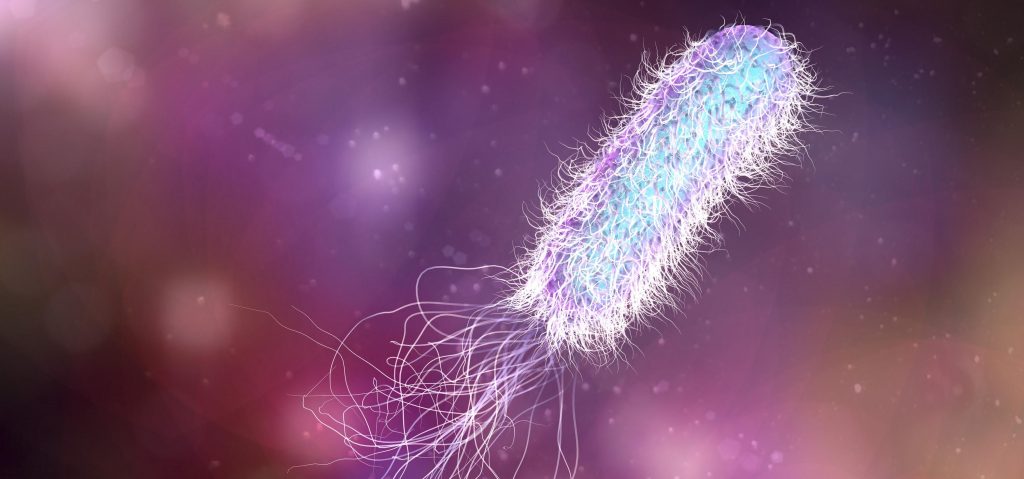2017-09-12
A new class of enzymes has been discovered in hundreds of bacterial species, including some that cause disease in humans and animals. The discovery provides new insights into how bacteria invade their hosts.
Researchers at the University of British Columbia, Faculty of Dentistry, and the University of Waterloo have discovered a new class of enzymes in hundreds of bacterial species, including some that cause disease in humans and animals. The discovery provides new insights into how bacteria invade their hosts. The research appeared recently in the prestigious journal Nature Communications.
Andrew Doxey, a professor of biology at the University of Waterloo, led the team with Christopher Overall, Canada Research Chair in Protease Proteomics and Systems Biology and professor in the Department of Oral Biological & Medical Sciences at UBC Dentistry, that found the enzyme in a new type of flagella, a whip-like appendage found on the outside of a bacterial cell that propels it. This new type of flagella is capable of digesting proteins in the bacteria’s environment including tissues. This discovery updates the long-held view that bacteria use their flagella mostly for movement, and demonstrates that flagella can also function as enzymes, like what happens to speed the spread of infection.

Enzyme found in a new type of flagella, a whip-like appendage found on the outside of a bacterial cell that propels it. This new type of flagella is capable of digesting proteins in the bacteria’s environment including tissues.
Doxey made the initial discovery through the use of bioinformatics, a growing scientific field that combines biology and computer science to study large biological datasets, such as genomes.
“It is an exciting time for bioinformatics right now. We have thousands of genomes available to us and most of them are unexplored. It’s amazing that we can discover new biology by using a computer alone,” said Doxey. His lab then teamed up with Dr. Christopher Overall who specializes in these enzymes. Using modern techniques of protein engineering and proteomics Dr. Ulrich Eckhard, a post-doctoral scientist in the Overall Lab, modelled one of these enzymes in 3 dimensions to better understand its properties and then made the enzyme artificially. By using proteomics techniques developed in the Overall Lab, with Dr. Giada Marino, another post-doctoral scientist from the Overall Lab, then identified 1000’s of cut sites made by these enzymes in the proteins that the bacteria encounters in infection.
Bacterial flagella are filaments composed of around 20,000 proteins that link up together and form structures about 10 micrometers long—roughly one-tenth the width of a human hair. While they can differ structurally, most flagella help with propulsion, and in some cases, they can attach bacteria to host cells. The discovery of flagella as enzyme scaffolds means that some of them can also break down tough bonds in cells and tissues.
Overall said, “We found that many bacteria have repurposed their flagella to function as protein-degrading machines. There are thousands of these enzymes per flagella, making this potentially one of the largest enzyme structures known. As it sweeps the bacteria along, the flagella can also dissolve the proteinaceous material nearby. This may speed infection or sometimes the breakdown products can be “eaten” to nourish the invading bacteria.”
To test whether these new enzymatic flagella are active, scientists examined Clostridium haemolyticum, a pathogen that’s highly fatal in cows and sheep, and isolated the flagella. This pathogen has numerous flagella on one cell. They found that the flagella are capable of breaking down proteins found in cow liver — precisely where the organism infects.
The researchers also found the enzymes in bacteria that inhabit the human gut. Further research is needed to determine whether they play a beneficial or harmful role in humans.
The enzyme may improve understanding of how this organism and related pathogens cause disease. There may be ways of using these enzymes in biotechnology to degrade things we want to break down, including biofilms, sticky colonies of harmful bacteria. They are associated with more than 80 per cent of infections.